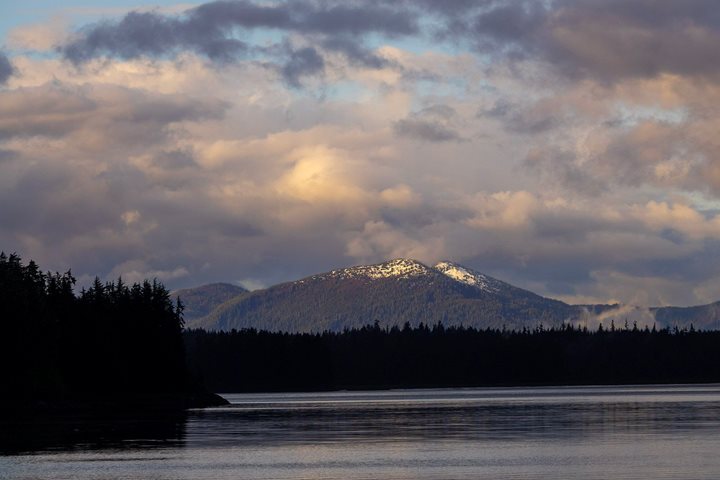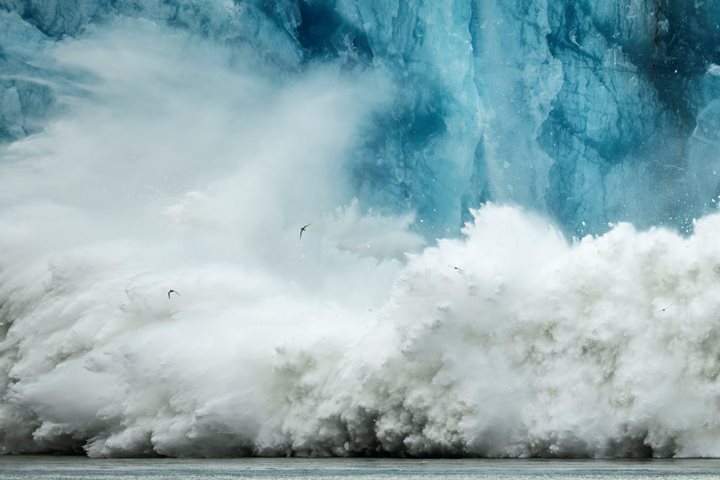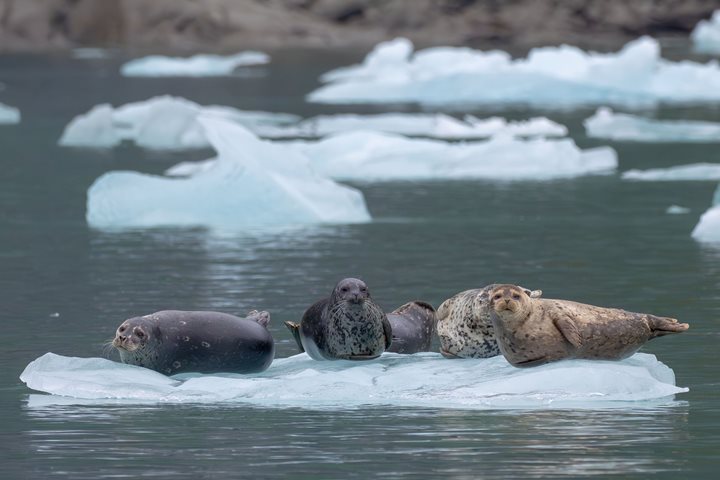Overnight, the Bridge team of National Geographic Sea Bird navigated from Ketchikan to Misty Fjords National Monument. There we took off in small groups by kayak and Zodiac to explore scenic Walker Cove and enjoy the old growth forest clinging to the glacially carved granite walls soaring thousands of feet above us. Salmon jumped in the streams, and eagles flew overhead. After lunch, we had a presentation from Lisa Hornak, our Photo Instructor, and then we took to the bow as we cruised Behm Canal, enjoyed the gorgeous scenery, looked for wildlife, and practiced our new photography skills. In the evening, we were treated to an unforgettable sunset! What a fantastic start to our journey!
- Daily Expedition Reports
- 15 Aug 2024
Misty Fjords National Monument, Alaska, 8/15/2024, National Geographic Sea Bird
- Aboard the National Geographic Sea Bird
- Alaska
Lisa Hornak, Naturalist/Photographer
Lisa Hornak is a visual journalist and filmmaker based in San Diego, CA, who has worked for newspapers, magazines and wire services worldwide since 2004. She focuses her work on women’s issues, human rights and the impacts of climate change. Her awar...
Read MoreShare Report
Alaska Escape: LeConte Bay, Wrangell and Misty Fjords
VIEW ITINERARYRelated Reports
5/29/2025
Read
National Geographic Sea Bird
Endicott Arm
Dawes Glacier, located at the head of Endicott Arm in Southeast Alaska, is an active tidewater glacier in the remote Tracy Arm-Fords Terror Wilderness Area. Reaching the glacier requires a 30-mile journey through a narrow fjord lined with sheer rock walls rising over 3,000 feet. These cliffs are veined with waterfalls and often blanketed in mist. Throughout the fjord, remnants of the glacier float in the form of icebergs. The glacier feeds cold, silty meltwater into the fjord, giving the water a distinctive milky-green hue and supporting a rich marine food web. Harbor seals were hauled out on ice floes near the glacier. Gulls and Arctic terns were actively feeding, likely drawn by the small fish and plankton concentrated by the glacial outflow. The glacier calved several times, hurling large chunks of ice across the water’s surface, sending the birds fleeing. The sound of the ice hitting the water echoed off the steep rock walls that rise thousands of feet on either side.
5/27/2025
Read
National Geographic Sea Bird
Dawes Glacier in Endicott Arm
We could not have asked for a better way to end the expedition. Our last day was amazing! Visiting Dawes Glacier in Endicott Arm was a highlight with its crystal-blue ice and resting harbor seals floating by on the ice. In the evening, we even got to see a couple of humpback whales off the bow of the ship. We ended the day by watching images of the beautiful moments created on our expedition during the famed guest photo slideshow.







